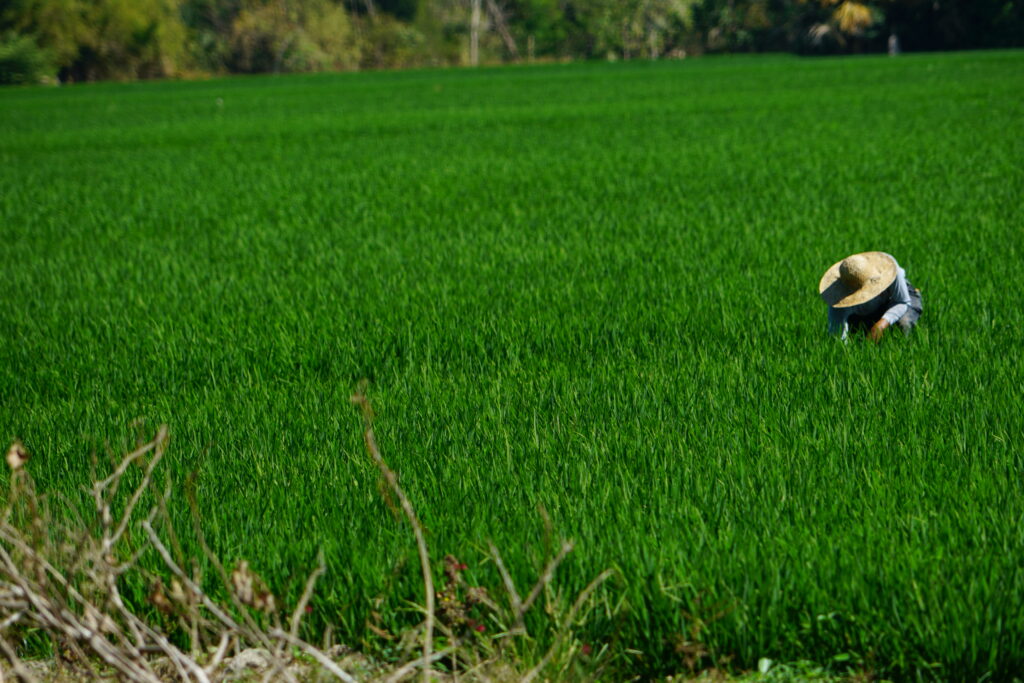
Bridging the gap through GAP
Guimba, Nueva – The cold breeze brought by amihan (cool and dry northeast monsoon wind) is being felt within the green fields of barangay Casongsong. But it does not deter farmers from converging near an empty rice paddy beside a rice processing center that will soon be operationalized.
Here, technicians from the Philippine Rice Research Institute (Philrice) are demonstrating a mechanical seeder to plow and distribute seeds in the field. Mechanizations like this are expected to significantly improve the country’s current rice cultivation system.
This demonstration is part of a series of good agricultural practices (GAP) being undertaken by the Cooperative Enterprise for True Economic Reform (CENTER), the largest farmer’s cooperative in the town, in partnership with agri-stakeholders like Philrice, Peace and Equity Foundation (PEF), Central Luzon State University (CLSU), and Casongsong Farmers Association (CFA) in Guimba. The primary goal is to increase productivity while reducing the production cost, leading to higher income.
Higher yield, lesser cost
Peter Manlapig, 51, is a participant in the farmer fields school established with the support of Ostrom Climate Solutions, the Municipal Agriculture Office, and PEF.
“The training helped us change our perspective in farming. We learned much about land preparation and nutrient application,” Manlapig said.
In the two-year hybrid field trial, PEF, CENTER, and CLSU have seen improvements: rice yields from the participating farms have increased from 8 to 8.5 tons per hectare to 9 to 10 tons per hectare.
The expected higher volume coincides with the building of CENTER’s rice processing system in Casongsong, with the support from Philippine Center for Postharvest Development and Mechanization (PHILMECH).
The field school meanwhile enabled farmers to cut costs in electricity or fuel consumption for irrigation purposes through the use of the Alternate Wet and Dry (AWD) system training introduced by Ostrom Climate.
“Our water consumption decreased. Also, we don’t have to use more fuel, saving us money that we can use for other production needs,” Mary Anne Dela Cruz, a farmer participant in the training said.
More support to boost income
Through the CLSU Extension Office, plans are now being drawn up to create a techno demo village to be adopted by the CFA in their barangay. The site will grow mushrooms, tilapia, goat, duck, and soybeans.
In partnership with PEF, CLSU will be packaging the field trial results and research on Guimba’s rice value chain for other farmers to learn and adopt the good palay practices and household baseline study to determine other interventions that will help improve their lives.
“CLSU has been keen on partnering with the civil society organizations to roll out their extension programs to farmers. This means a lot in our effort to help them uplift their lives further,” PEF Area Officer Alfred Escaño said.